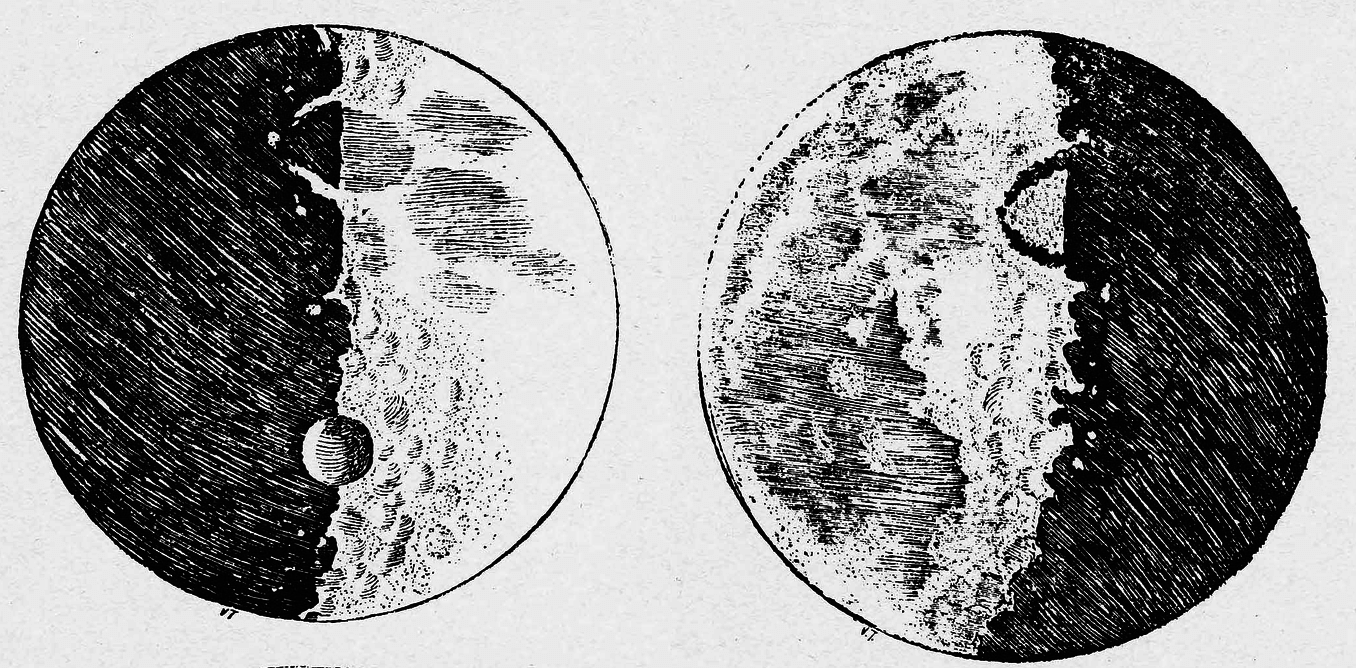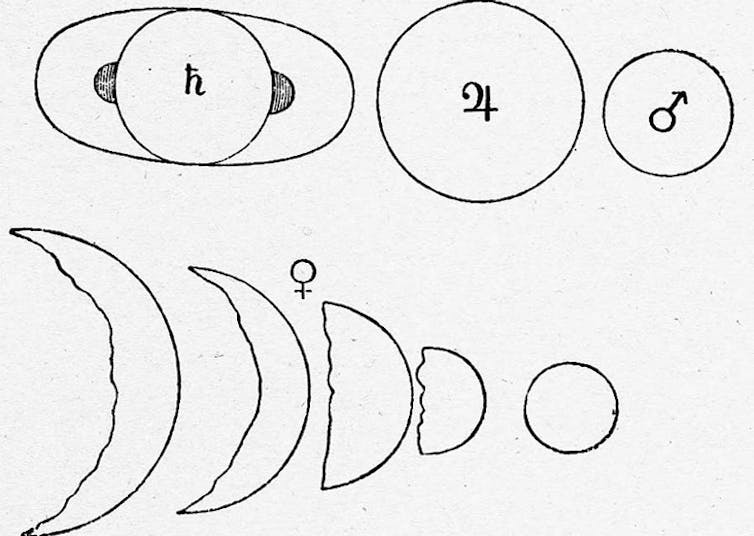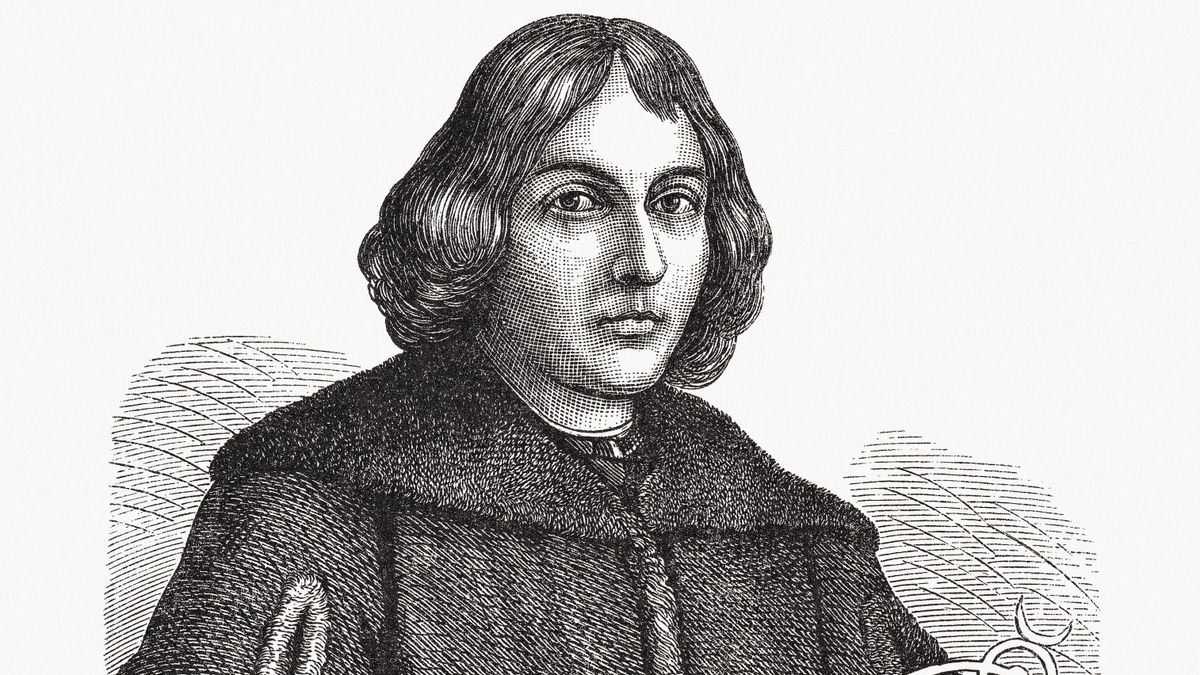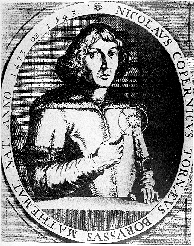Nicolaus Copernicus [b] (19 February 1473 – 24 May 1543) was a Renaissance polymath, active as a mathematician, astronomer, and Catholic canon, who formulated a model of the universe that placed the Sun rather than Earth at its center.
Copernicus’ revolution and Galileo’s vision: our changing view of the universe in pictures
Aug 18, 2023Humans have been studying the night sky for millennia, while astronomers from Ptolemy (90-168) to Nicolaus Copernicus (1473-1543) were able to formulate theories on Earth’s relation to the Sun, the Moon, and other planets using only the naked eye. Perhaps the greatest astronomer prior to the invention of the telescope was the Dane Tycho Brahe (1546-1601), who was particularly preoccupied with

Source Image: capitalideasonline.com
Download Image
History of science – Tycho, Kepler, Galileo: The critical tradition began with Copernicus. It led directly to the work of Tycho Brahe, who measured stellar and planetary positions more accurately than had anyone before him. But measurement alone could not decide between Copernicus and Ptolemy, and Tycho insisted that the Earth was motionless. Copernicus did persuade Tycho to move the centre of

Source Image: pinterest.com
Download Image
Nicolaus Copernicus biography: Facts & discoveries | Space Copernicus’ revolution and Galileo’s vision: Our changing view of the universe in pictures by Michael J. I. Brown, Monash University, The Conversation Galileo’s sketches of the moon, showing

Source Image: loc.gov
Download Image
What Did Copernicus And Galileo Have In Common
Copernicus’ revolution and Galileo’s vision: Our changing view of the universe in pictures by Michael J. I. Brown, Monash University, The Conversation Galileo’s sketches of the moon, showing In this system the elegance and harmony of the Copernican system were married to the solidity of a central and stable Earth so that Aristotelian physics could be maintained. Especially after Galileo’s telescopic discoveries, many astronomers switched from the traditional to the Tychonic cosmology. For another thing, by 1600 there were still
Whose Revolution? Copernicus, Brahe & Kepler | Modeling the Cosmos | Articles and Essays | Finding Our Place in the Cosmos: From Galileo to Sagan and Beyond | Digital Collections | Library of Congress
A summary of Copernicus’s theory. 01 – The center of the Earth is not the center of the Universe, only of Earth’s gravity and of the lunar sphere. 02 – The Sun is fixed and all other spheres revolve around the Sun. (Copernicus retained the idea of spheres and of perfectly circular orbits. Copernicus’ revolution and Galileo’s vision: Our changing view of the universe in pictures

Source Image: phys.org
Download Image
Astonishing Astronomy 101 – Chapter 2 | PPT A summary of Copernicus’s theory. 01 – The center of the Earth is not the center of the Universe, only of Earth’s gravity and of the lunar sphere. 02 – The Sun is fixed and all other spheres revolve around the Sun. (Copernicus retained the idea of spheres and of perfectly circular orbits.

Source Image: slideshare.net
Download Image
Copernicus’ revolution and Galileo’s vision: our changing view of the universe in pictures Nicolaus Copernicus [b] (19 February 1473 – 24 May 1543) was a Renaissance polymath, active as a mathematician, astronomer, and Catholic canon, who formulated a model of the universe that placed the Sun rather than Earth at its center.

Source Image: theconversation.com
Download Image
Nicolaus Copernicus biography: Facts & discoveries | Space History of science – Tycho, Kepler, Galileo: The critical tradition began with Copernicus. It led directly to the work of Tycho Brahe, who measured stellar and planetary positions more accurately than had anyone before him. But measurement alone could not decide between Copernicus and Ptolemy, and Tycho insisted that the Earth was motionless. Copernicus did persuade Tycho to move the centre of

Source Image: space.com
Download Image
Solar system: medieval to modern views « KaiserScience The “Copernican Revolution” is named for Nicolaus Copernicus, whose Commentariolus, written before 1514, was the first explicit presentation of the heliocentric model in Renaissance scholarship.The idea of heliocentrism is much older; it can be traced to Aristarchus of Samos, a Hellenistic author writing in the 3rd century BC, who may in turn have been drawing on even older concepts in

Source Image: kaiserscience.wordpress.com
Download Image
The Galileo Project | Science | Copernican System Copernicus’ revolution and Galileo’s vision: Our changing view of the universe in pictures by Michael J. I. Brown, Monash University, The Conversation Galileo’s sketches of the moon, showing

Source Image: galileo.rice.edu
Download Image
Galileo and the Birth of Modern Science In this system the elegance and harmony of the Copernican system were married to the solidity of a central and stable Earth so that Aristotelian physics could be maintained. Especially after Galileo’s telescopic discoveries, many astronomers switched from the traditional to the Tychonic cosmology. For another thing, by 1600 there were still

Source Image: thecollector.com
Download Image
Astonishing Astronomy 101 – Chapter 2 | PPT
Galileo and the Birth of Modern Science Aug 18, 2023Humans have been studying the night sky for millennia, while astronomers from Ptolemy (90-168) to Nicolaus Copernicus (1473-1543) were able to formulate theories on Earth’s relation to the Sun, the Moon, and other planets using only the naked eye. Perhaps the greatest astronomer prior to the invention of the telescope was the Dane Tycho Brahe (1546-1601), who was particularly preoccupied with
Nicolaus Copernicus biography: Facts & discoveries | Space The Galileo Project | Science | Copernican System The “Copernican Revolution” is named for Nicolaus Copernicus, whose Commentariolus, written before 1514, was the first explicit presentation of the heliocentric model in Renaissance scholarship.The idea of heliocentrism is much older; it can be traced to Aristarchus of Samos, a Hellenistic author writing in the 3rd century BC, who may in turn have been drawing on even older concepts in